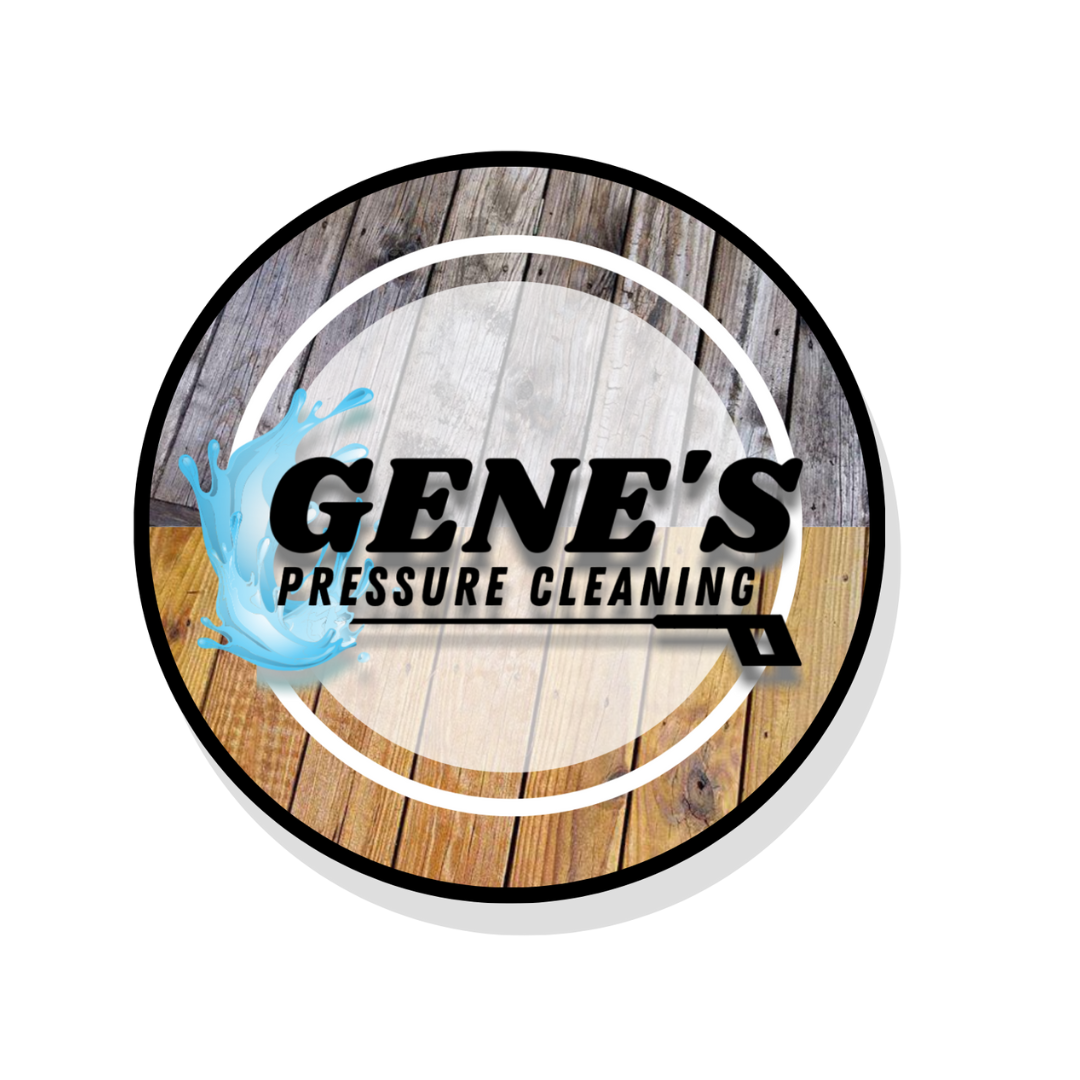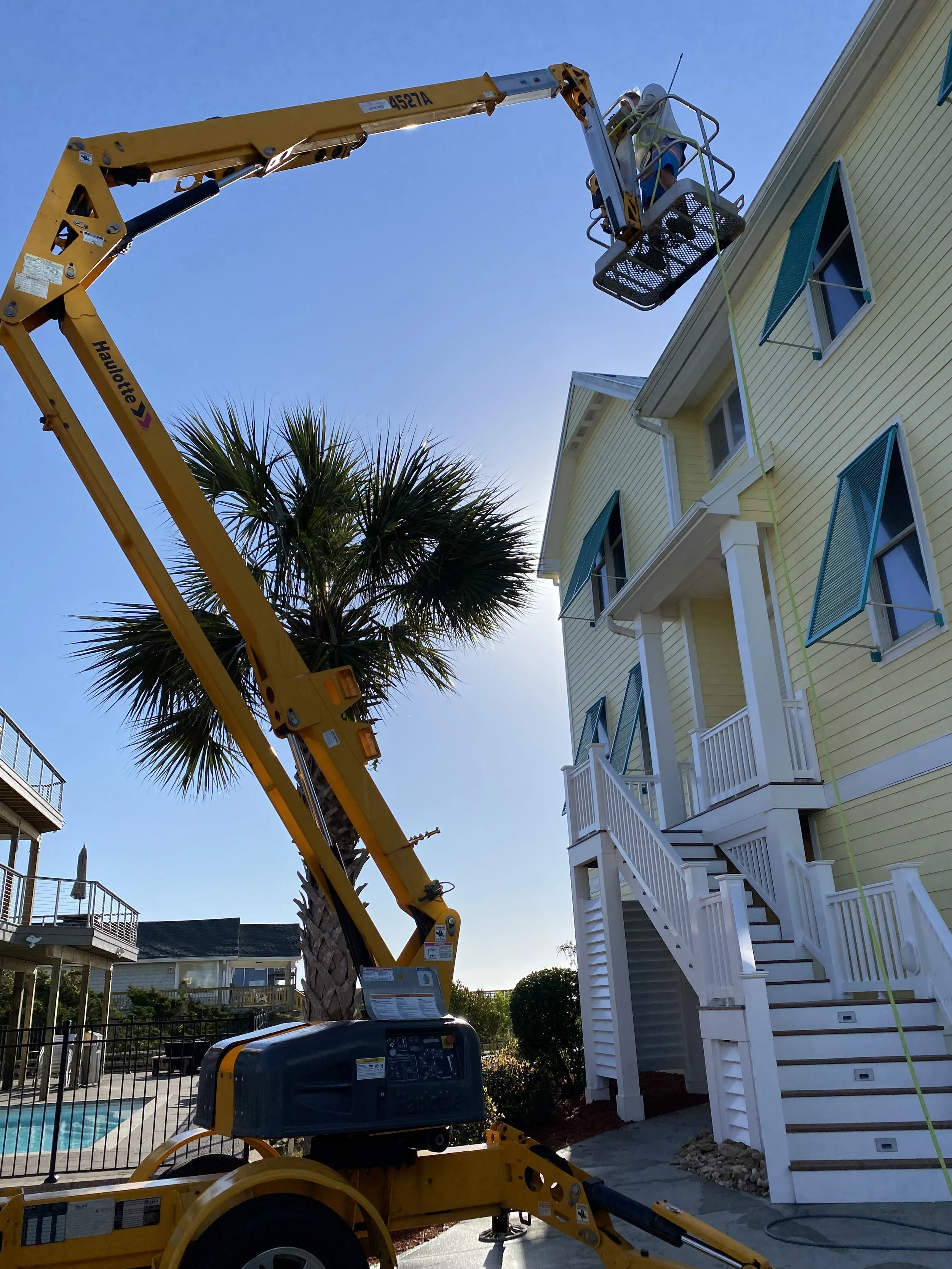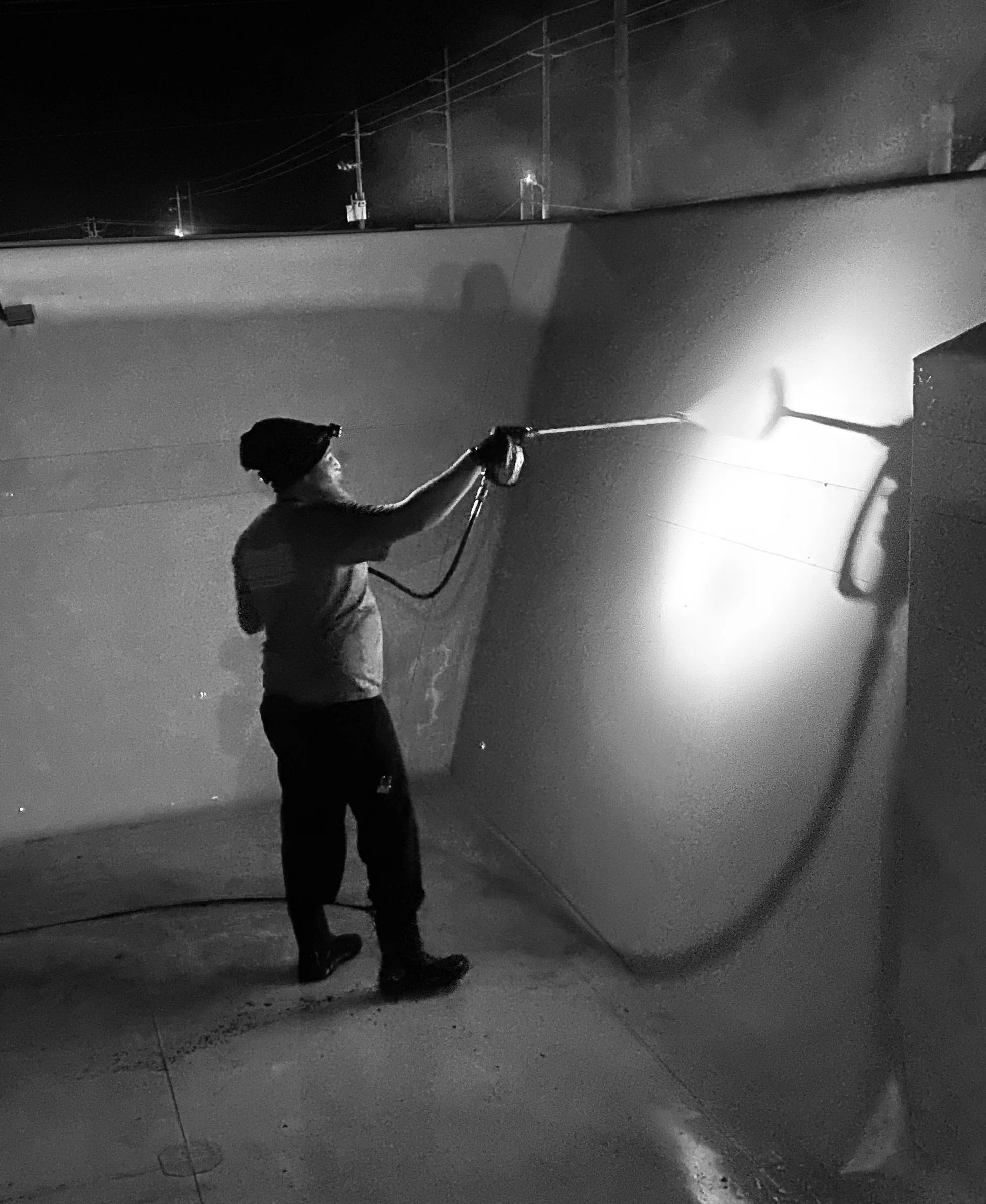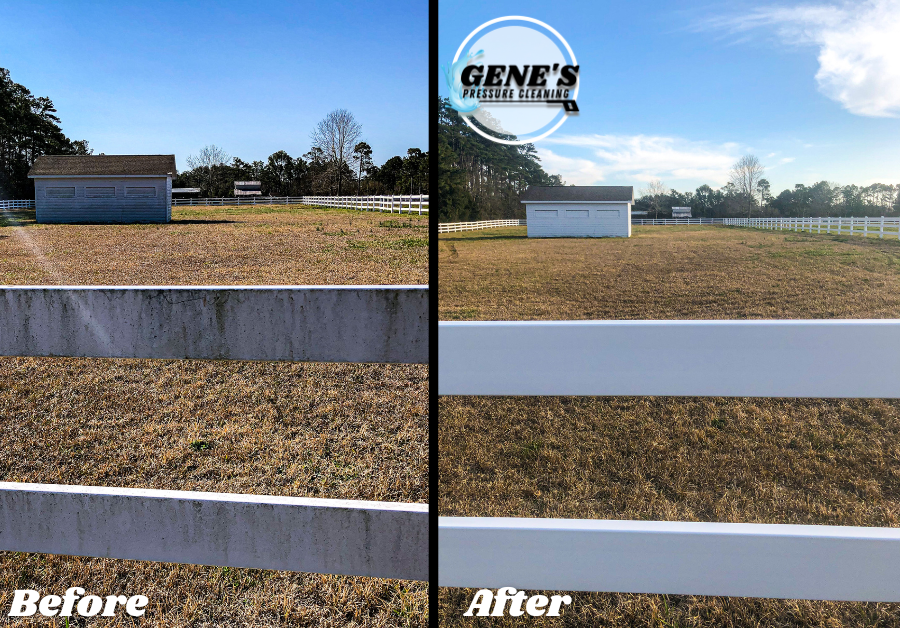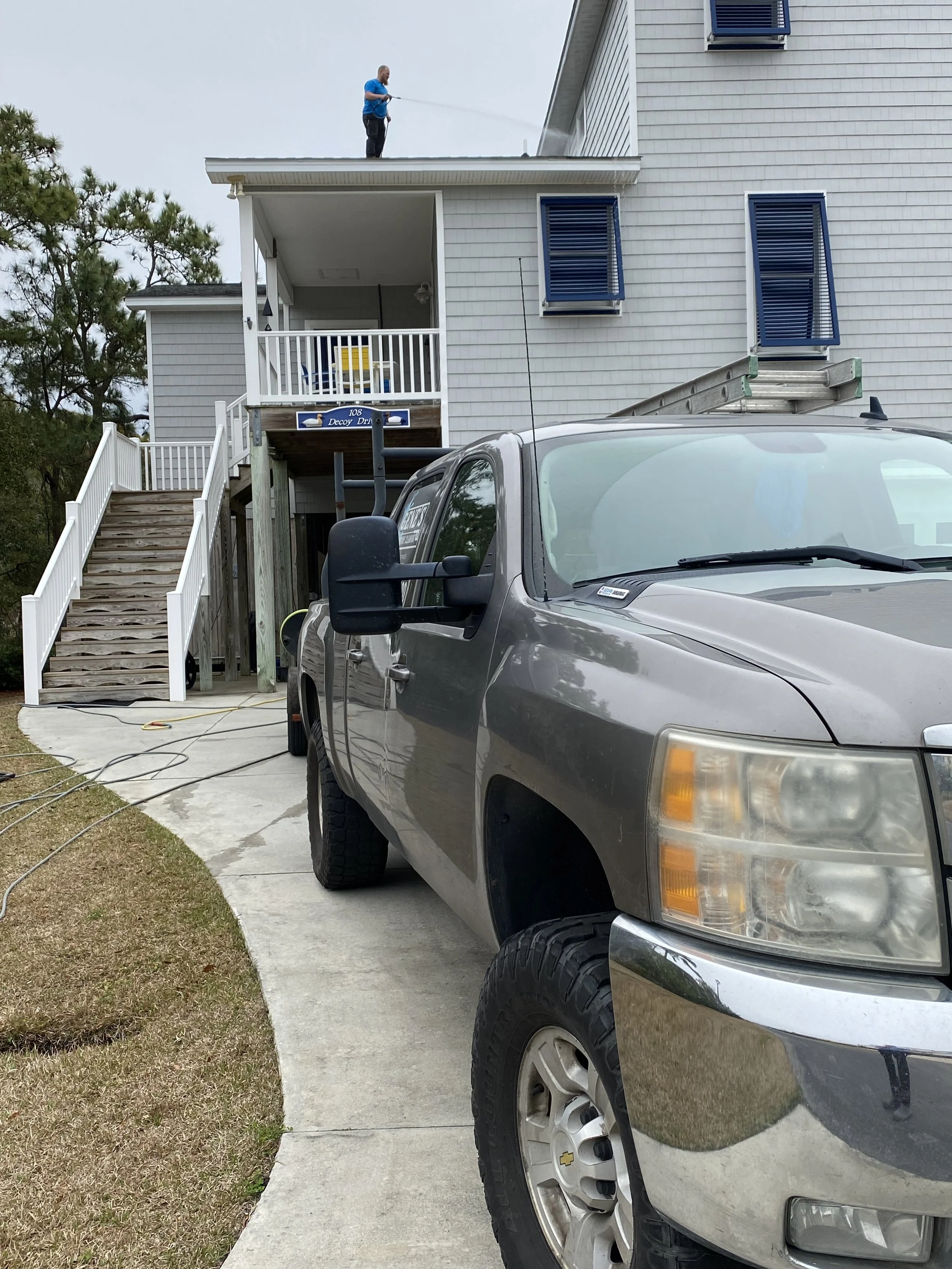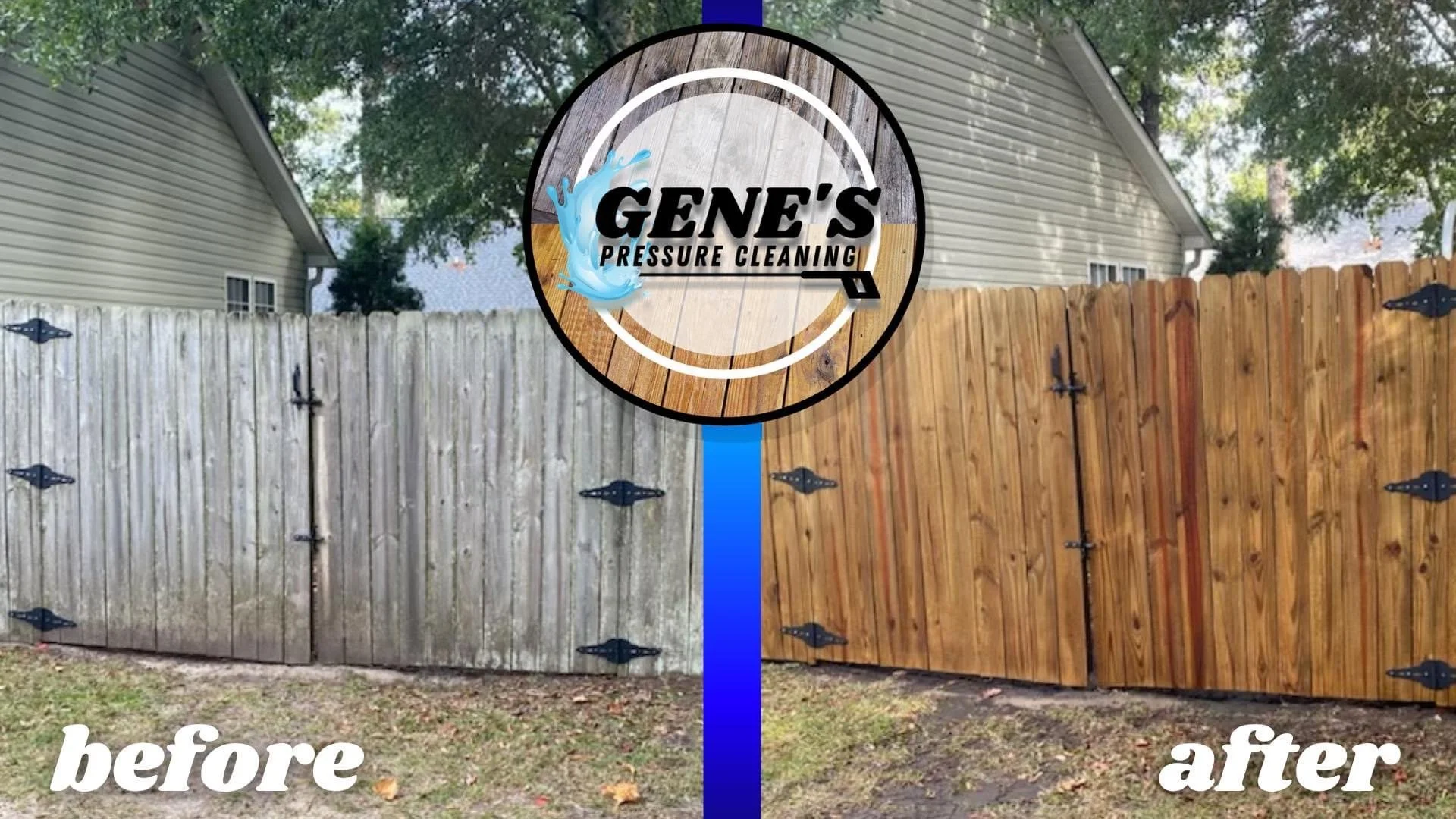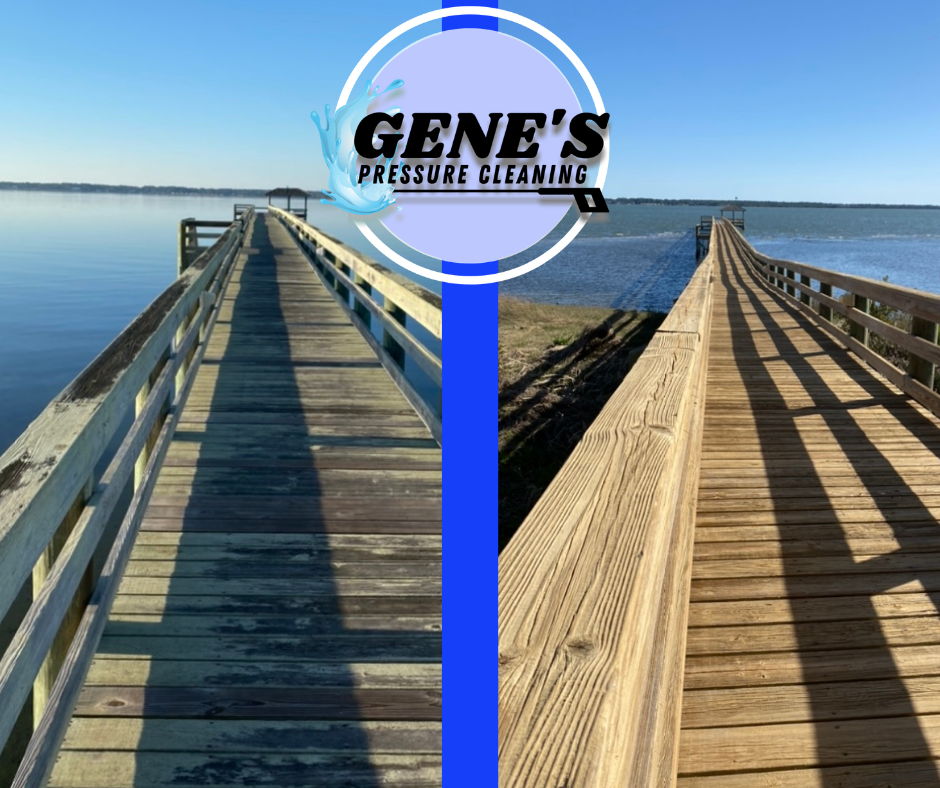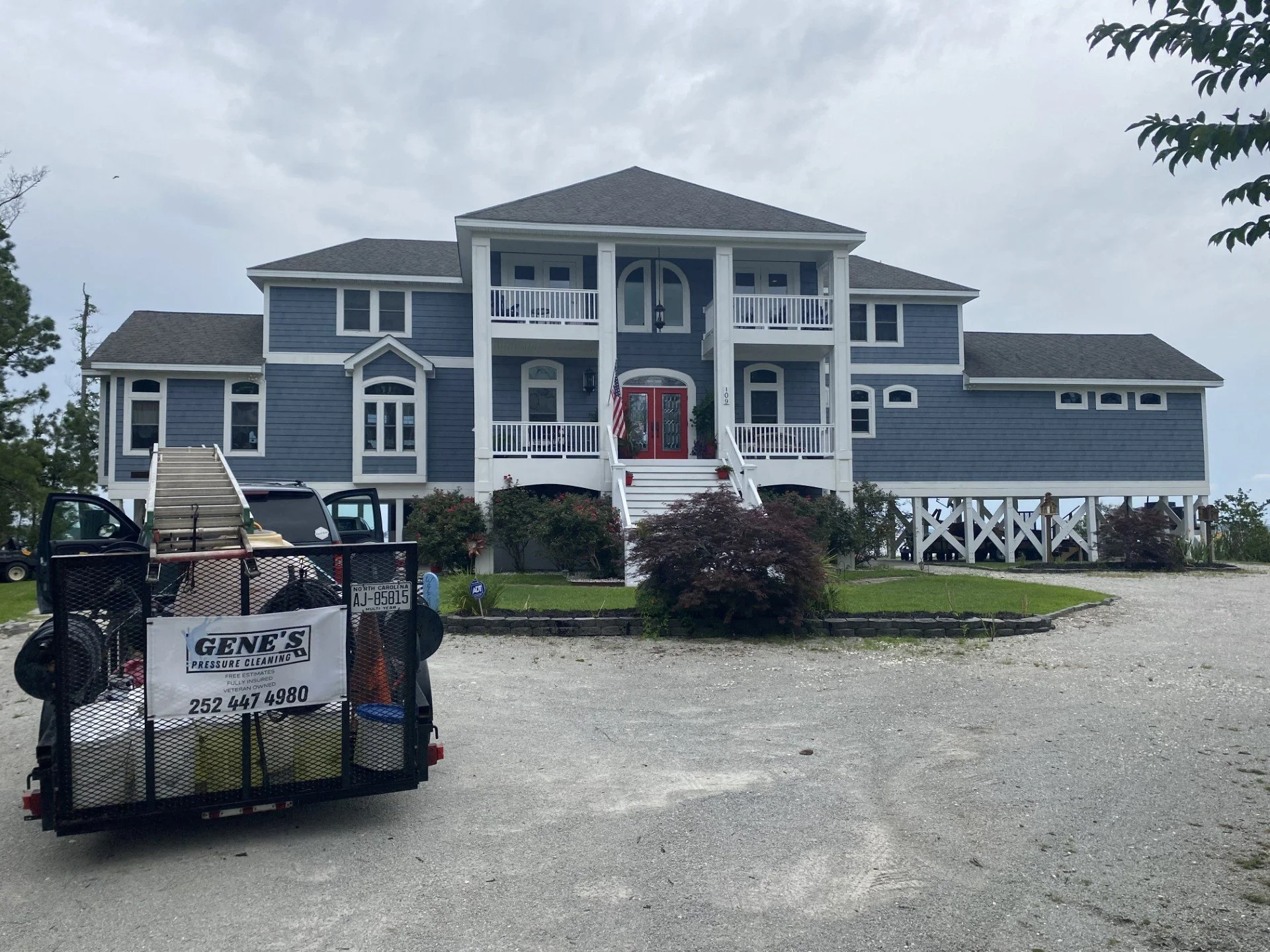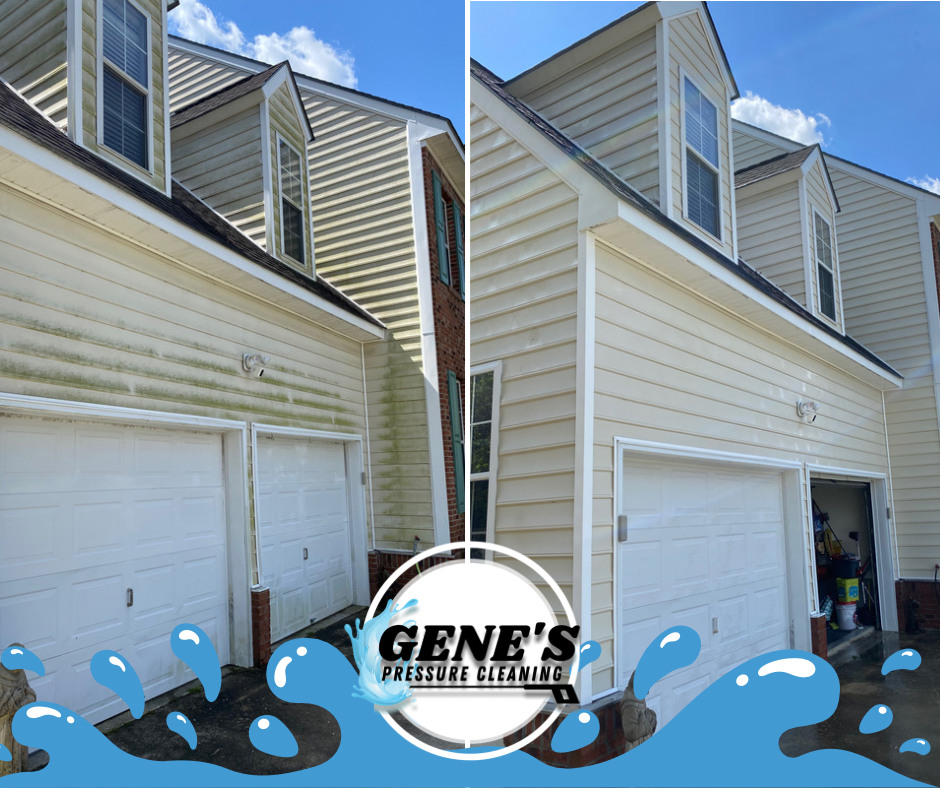
(252) 447-4980
call or text
From rooftops to drive thrus, we clean it all with precision, speed, and zero nonsense.
Locally owned. Seriously clean.
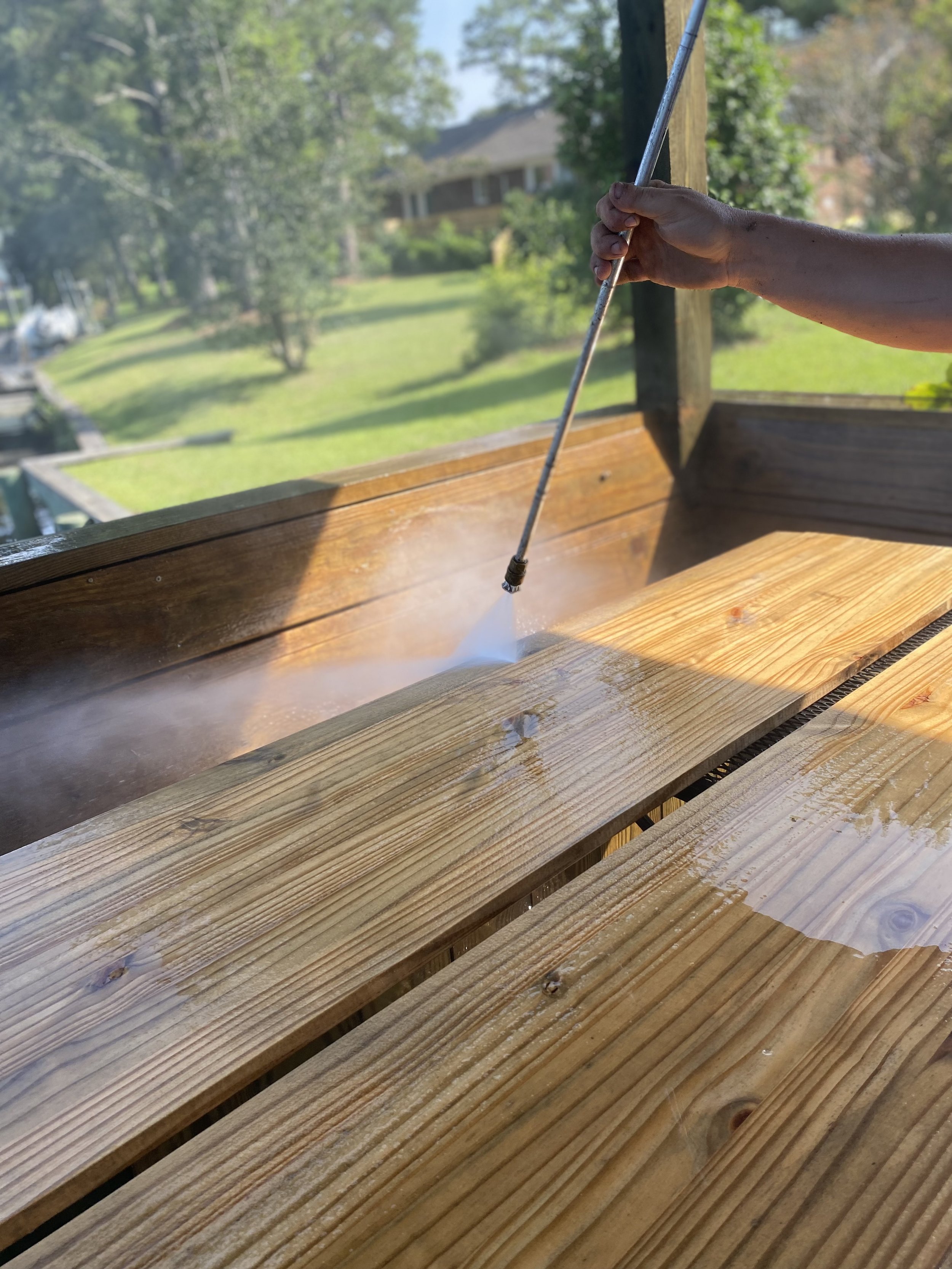
Frequently Asked Questions
-
To help us deliver the best results and protect your property, we kindly ask that you take the following steps before our arrival:
Close all windows and doors to prevent water from getting inside.
Unlock any gates, fences, or screened-in porches so we can access all necessary areas.
Move any items that aren’t meant to get wet (decor, cushions, grills, toys, etc.) indoors or to a covered area.
Relocate vehicles away from the building or driveway if we’re washing near them.
Do a quick walkaround and note any problem spots or areas you’d like us to give extra attention. Feel free to point these out when we arrive!
-
Yes and no.
We use high pressure only where it’s appropriate — such as on unpainted wood fencing or decking, concrete, masonry, and other hardscape surfaces.
However, we never use high pressure on your home’s exterior siding, windows, or other delicate surfaces. Doing so can cause permanent damage or force water behind siding and into areas where it doesn't belong.
At Gene’s, we’ve been using the “soft washing” method since before the term became popular. This technique relies on specially formulated cleaning solutions and low-pressure pumps and nozzles to gently but thoroughly remove dirt, mildew, algae, and more — without risking damage to your home or business.
We continue to evolve with the industry, combining tried-and-true methods with new technology to deliver a safer, more effective clean every time.
-
Any time sodium hypochlorite (the active ingredient in our cleaning solution) is used near landscaping, there’s a potential risk to plants — and we take that seriously.
In fact, plant damage used to be our number one customer concern. So, we overhauled our entire process to protect your greenery better than ever.
Here's what we do now:
Controlled chemical application – We apply solutions carefully and only where needed, reducing overspray.
High-volume rinsing – Instead of relying on pressure (PSI), we use a high water flow (GPM) to gently but thoroughly rinse surfaces and surrounding plants.
Strategic prep and shielding – When necessary, we’ll pre-wet and rinse plants before and after application to dilute any potential residue.
These improvements have significantly minimized plant risk — and we’re always looking to do better.
That said, please keep in mind that even low pressure can create enough airflow to knock petals or delicate leaves off nearby plants, especially during up-close work. This is normal and doesn’t indicate chemical damage.
If you have specific plants you're concerned about, just let us know! We’re happy to work with you to find the best way to keep everything safe and beautiful. After all, our goal is to reveal the beauty of your home — not take any away.
-
Yes — we do use sodium hypochlorite, the active ingredient in household bleach — and here’s why that’s not a bad thing.
When used correctly, bleach is both highly effective and safe. It's the industry standard in professional pressure washing because it does what most other cleaners can’t: it kills mold, mildew, algae, and bacteria; and it removes tough stains from a wide range of surfaces.
But here’s the important part:
Bleach Breaks Down Naturally
Once applied, bleach begins to decompose naturally when it’s exposed to sunlight, air, heat, or organic materials (like soil or wood). Here's how:
In Water:
Sodium hypochlorite breaks down into:
Salt (NaCl) – the same as table salt
Oxygen (O₂) – released into the air
Water (H₂O) – harmless and natural
In Sunlight:
UV rays from the sun speed up this breakdown. That’s why bleach solutions lose strength quickly if left outside — and why they don’t stick around in the environment.
In Nature:
When bleach contacts organic material (like leaves, dirt, or wood), it reacts quickly and neutralizes. It doesn’t build up or persist in the environment like some harsher chemicals.
-
Yes, but not enough — in most cases, we’ll need access to a working outdoor water source during your service.
We do carry a water tank on our trailer that provides about 30 minutes of spray time. This is mainly used to get started quickly and to protect our equipment from running dry, which can cause serious damage to our pumps.
To complete the job, we’ll need to connect to your exterior spigot to refill the tank as your home or business is washed. This is standard practice in the industry and uses a relatively small amount of water compared to household appliances like sprinklers or washing machines.
If you have any concerns about water usage or access, just let us know — we’re happy to talk it through and work with you.
-
Yes, we do clean windows — but not in the same way a dedicated window cleaning service would.
During our exterior cleaning process, your windows will be washed as part of the overall soft washing or pressure washing service. While we don’t use squeegees or purified water systems like a specialty window cleaner might, you can still expect a streak-free, spot-free finish in most cases.
Our cleaning solutions are designed to lift dirt, grime, and organic growth from both the glass and the surrounding frames, leaving your windows looking clean, clear, and refreshed.
If you’re looking for a deep-detail interior and exterior window polish, we recommend following up with a professional window cleaning service — but for most customers, our standard service delivers a noticeably clean result you’ll be happy with.
